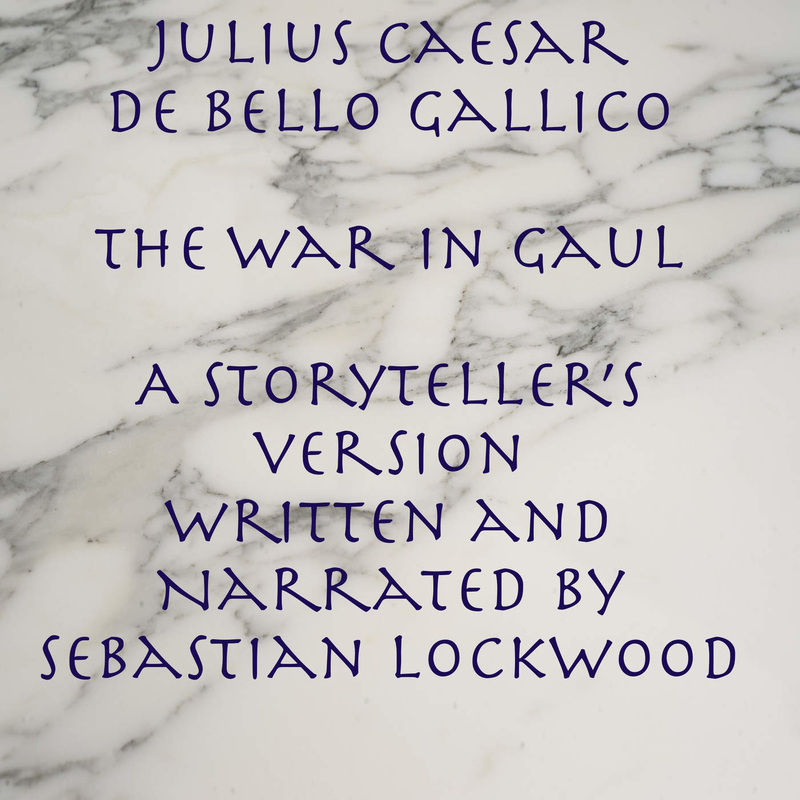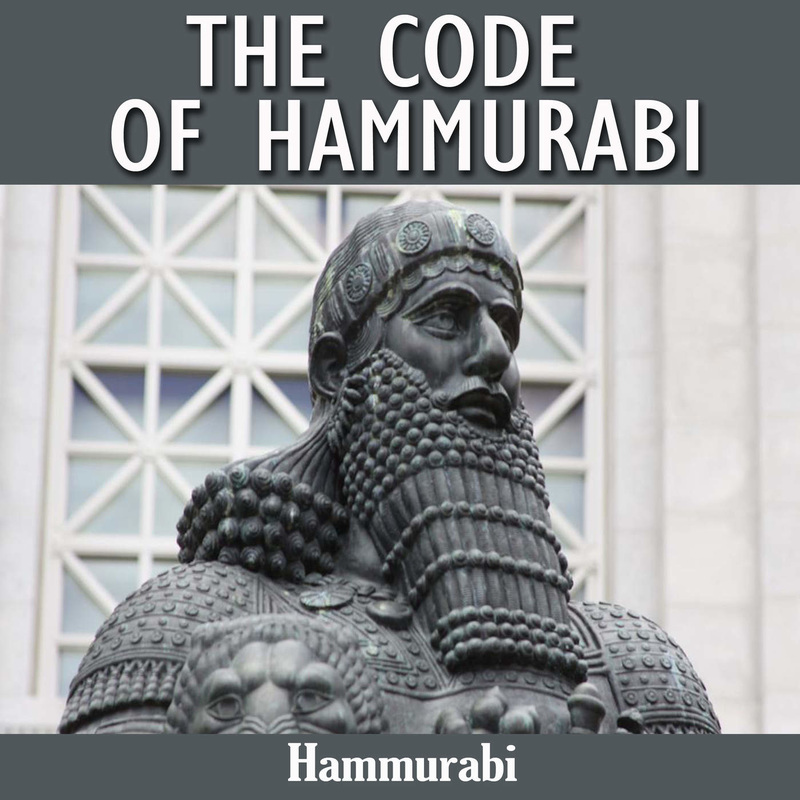|
Islam: A Short History By Karen Armstrong 272 Pages Recommended: 3/5 Islam: A Short History gives a brief overview of Islamic history from the times of Mohamed until the present day. Although I find Islamic history interesting, this book didn't particularly interest me. Several chapters read like apologia, and I wonder if the author is a Muslim. Nonetheless I learned a lot, and the book has changed several of my perceptions of Islam. 5 Things that I learned by Reading Karen Armstrong's History of Islam 1. Islam is a universalist religion. I had always assumed that Islam was a religion that promoted strong in-group preferences because of the behavior of modern Muslims. In fact, Islam is a strictly universalist religion which recognizes many prophets before Mohamed. From the Islamic perspective, Mohamed is simply the final of 124 thousand prophets. These pre-Mohamed prophets include everyone from Jesus to Buddha. Muslims don't believe it is wrong to believe in any of the other religions as long as you haven't been exposed to Islam. 2. Caliphates are divinely ordained states. Like many early Christians, Muslims believed that the state was divinely ordained by God. When Constantine converted the Roman Empire, he taught the doctrine that God has blessed the Empire with the Holy mission to Christianize and Civilize Earth. The Roman Empire was the only legitimate government. After the Roman Empire fell, many successor states branded themselves as the true Roman Empires and only legitimate divinely ordained states. Interestingly enough, the early Muslims had the exact same concept. The Caliphate is the only divinely ordained state for all of mankind, and all other states are illegitimate. Even when the Umayyad empire fractured, successor states called themselves Caliphates. 3. Islam is very fractured. Prior to reading this book, I knew that Islam was fractured into Shia, Sunni, and Ibadi. I didn't realize how many sects of Islam there truly were. There are Sufis, Kharijites, Kalam, Murji'ah, and many many other sects. The many branches of Islam
0 Comments
Commentarii de Bello Civili (Commentaries on the Civil War)
368 Pages Recommended: 5/5 A few weeks ago I reviewed the first of Caesar three books, the War in Gaul. This week I finished Julius Caesar’s second autobiographical second book, the Civil War. Reading these books has completely revolutionized my understanding of Roman history and helped me fully realize the importance of reading primary sources. The book can be a bit challenging to read, but is well worth it. The book is pretty difficult and I had to read it twice to grok it. I had to keep a Wikipedia page open on my laptop to understand many of the references that Caesar made. I also found Caesar’s writing style to be a bit confusing. He writes about himself in the third person, for example saying “Caesar will cross this river today” but uses the first person when describing his campaign “our troops are hungry” Despite these hurdles, the book is well written, and I would go as far as calling it a page-turner. The book covers Caesar’s return from gaul and the civil war which eventually allowed him to become dictator. He doesn't go into detail about the historical background, but writes a lot about the military tactics. Historical Background One of Caesar’s many objectives during the war in Gaul was to secure political support in his bid for Consulship. Caesar’s victories in Gaul had brought him much political clout and popularity, but he still lacked formal political power. The senate feared that when Caesar would return from Gaul, he would become too powerful for them to control. In order to weaken Caesar, the senate ordered him to disband all of his armies. That is when Caesar decided to stage a coup, and cross the Rubicon. The Rubicon separated Rome from the north of Italy and was revered as sacred. Roman law made it illegal to march an army across the river, because it meant Rome could easily be attacked. When Caesar crossed the Rubicon, he was declaring a coup. After an inspiring speech where he recalls all of the glorious victories during the campaign in Gaul, he decided to cross the Rubicon with his army. Legend has it that not a single man decided to stay behind. All of his troops who cross the Rubicon knew that if the coup failed they would all be crucified as enemies of the state. Fearing Caesar, the Senate decided to evacuate the city. They proclaimed all Romans who stayed as enemies of the state. Romans now had to make a choice to either become enemies of the state and side with Caesar or evacuate the city. Romans who chose to side with Caesar became the Populares, and those who sided with the senate become Optimates. They had very different political goals but similar popular rhetoric. Although both factions claimed to support the restoration of the Roman Republic, neither factions were truly democratic. The Optimates were led by the corrupt political establishment, and the Populares by a budding tyrant. The Optimates identified closely with the upper and middle classes, and was a more conservative party. For nearly 450 years, they had held a senatorial majority. Initially, the party was started by Sulla to protect the traditional interests and values of the Roman Republic. They feared kings and dictators, and fought to maintain political decentralization. By the time that Caesar had come into power, the Republican values had merely become pretenses. In practice, the Optimates protected the Patricians and merchants, and feared the rise to power of the military and generals. The Populares favored the cause of the Plebeians and commoners. They supported the grain dole to the poor, redistribution of land, and the expansion of citizenship to non-Romans. The party was strongly supported by the military factions, and was eventually led by Julius Caesar. The civil war had began.  Julius Caesar: De Bello Gallico (The war in Gaul) By Julius Caesar and Sebastian Lockwood 221 Pages Recommended: 4/5 There are two known surviving works written by Julius Caesar: Commentarii de Bello Gallico and (Commentaries on the War in Gaul) and Commentarii de Bello Civili (Comments on the Civil War). The two finished works (and a third unfinished one) provide historians with many insights into Roman history. This book is edited by Sebastian Lockwhood. He rewrote Commentarii de Bello Gallico so that it would be comprehensible to 21st century readers. For example, he uses modern names for regions that Caesar describes. Like the original, Lockwood's version is also written in the third person. (Many Romans of the period wrote their autobiographies in the third person) Caesar wrote the commentaries at a time when his rule was being challenged by enemies in the Senate. As such, it has a strong pro-Caesar propagandistic element to it. Regardless, reading this book completely changed the mental image I had of Caesar. The book describes how barbarians tried migrating into Roman territories, but were turned away. The barbarians trick the Romans, and attack them. This triggers a series of brutal wars where the Romans conquer most of modern-day France. The war also takes Caesar to Britain, where he is defeated, and forced to retreat back into France. Caesar comes off as an extremely intelligent leader who won most of his battles with words rather than swords. Caesar is uniquely merciful compared to most other Romans of his time. He always gave all of his enemies several fair chances to back down. When his enemies would back down, he would always act mercifully. He never broke any treaties, and wouldn't double-cross his allies. For example, several times the barbarians would send emissaries to negotiate with Caesar just for the purpose of buying time for an attack. Even when Caesar knew the intentions of the barbarians, he would always humor the emissaries, and grant them the benefit of the doubt. What strikes me most about Caesar's campaign is his use of engineering to solve military problems. What few battles he couldn't win with words or swords, he won with technology. In order to cross the Rhine into Germany, he built a large wooden bridge in just ten days. He then used this bridge to transport several legions. In another display of engineering, he builds several ships. His men aren't sailors, and don't know how to fight on sea. Despite this, he fashions grappling hooks which tear down the masts of rival warships. Finally, when sieging Vercingetorix, he builds a wall around the city he is besieging. (Which was unprecedented) When the Gauls threaten to attack the wall from behind, he builds a second one facing them on that side as well. Excellent read. Truth is stranger than fiction. by Hammurabi
Recommend: 5/5 282 Laws The Code of Hammurabi is one of the best preserved and most interesting legal codes of history. It was written by Hammurabi, a Babylonian ruler, around 1750 B.C. The code is the oldest surviving text that we have from the Babylonians. Reading it helped me realize how old our civilization is, and that everything we do has been done before. We are not nearly as unique as we would like to imagine. You can find the complete text here: http://avalon.law.yale.edu/ancient/hamframe.asp How the code survived from 1750 B.C. until the present day is my favorite part of the story. The code was written in 1754 B.C. by Hammurabi, one of the earliest Babylonian kings. He ruled a territory roughly the size of Serbia in modern day Iraq. Around 1200 B.C., 500 years after the code was written, it was taken as plunder from the declining Babylonian Empire. The tablet ended up in the hands of Shutruk-Nakhunte, who ruled over the kingdom of Elam. Elam was east of Babylon, in modern day Iran. There, it was preserved in Iran for another 700 years. In 550 B.C., Hammurabi's code was as old to the people back then as the Mongol Invasion of Europe is to us. In 550 B.C., Cyrus the Great, ruler of the Persian Empire, undertook the process of increasing literacy in his empire. This project included the construction of libraries, and preservation of historical material. Cyrus viewed the Code of Hammurabi as a precious piece of his own history. He made copies of Hammurabi's code, and distributed them to every library across his vast empire. In 1901, archeologists rediscovered one of Cyrus' copies of the code while excavating sites in south-east Iran. Some of the laws are very much ahead of their time. For example, law #5: "If a judge try a case, reach a decision, and present his judgment in writing; if later error shall appear in his decision, and it be through his own fault, then he shall pay twelve times the fine set by him in the case, and he shall be publicly removed from the judge's bench, and never again shall he sit there to render judgement." This law states that if a judge makes a mistake during a trial, he has to pay twentyfold of whatever the defendant paid. This law incentivizes judges to do a good job, and still exists in our legal system (albeit in a more modernized form). Most laws however, aren't nearly as sophisticated as the rules concerning judges. Much of Hammurabi's Code is outright barbaric. For example, almost all laws are punishable by death. This might seem harsh by our modern standards, but it is important to remember that Hammurabi lived in a world of extreme poverty. His early agricultural society simply lacked the resources to feed unproductive prisoners. Death was the only economical solution. Many laws are harsh but fair. It is easy to imagine living in a society where these laws are consistently applied. For example, law #21 "If any one break a hole into a house (break in to steal), he shall be put to death before that hole and be buried." Or law #7 facilitates commerce in its primitive, brutal way: "If any one buy from the son or the slave of another man, without witnesses or a contract, silver or gold, a male or female slave, an ox or a sheep, an ass or anything, or if he take it in charge, he is considered a thief and shall be put to death." In Hammurabi's society, women are treated horribly. Law #143 says "If she is not innocent, but leaves her husband, and ruins her house, neglecting her husband, this woman shall be cast into the water." This law states that if a woman files for divorce, and the court rules that the divorce is void, the woman is to be thrown into the Holy River. If she survives being thrown into the Holy River, she can carry out her life on as usual. If she doesn't survive, then the Gods had punished her. Very fun stuff. by Porfessor John R. Hale
Length: 18:42:16 Recommend: 5/5 This course was everything I was possibly looking for. I began studying the topic with low expectations, and finished fascinated. What I love the most about this course is that John Hale doesn't just talk about the archeological findings but also explains the process by which the findings are analyzed. Few courses have taught me more. |
Thibault SerletMost of my articles are book reviews, but I also write about many other topics. Archives
December 2023
Categories |







 RSS Feed
RSS Feed